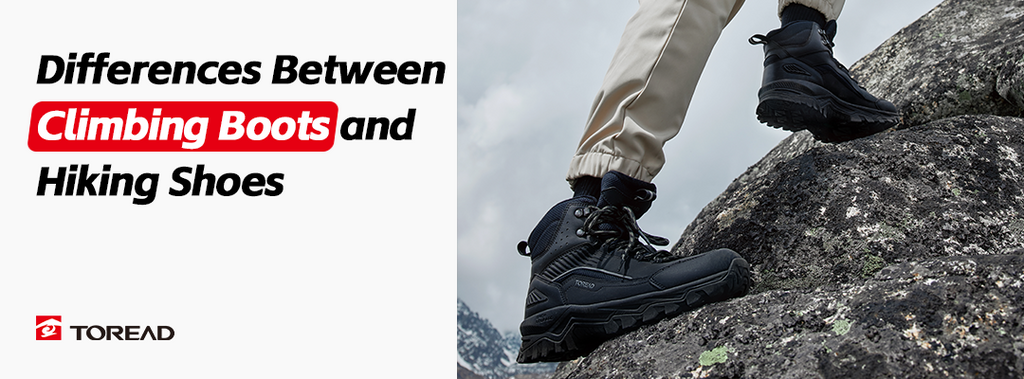
Differences Between Climbing Boots and Hiking Shoes, and How to Choose Them | TOREAD Outdoor Guide
Purpose and Design:
Materials:
Weight and Comfort:
Choosing the right footwear depends on the specific demands of your activity. Consider the terrain, weather conditions, and the nature of your climb when making your selection. Whether you opt for climbing boots or hiking shoes, ensure they fit well and provide the necessary support and protection for your adventure.